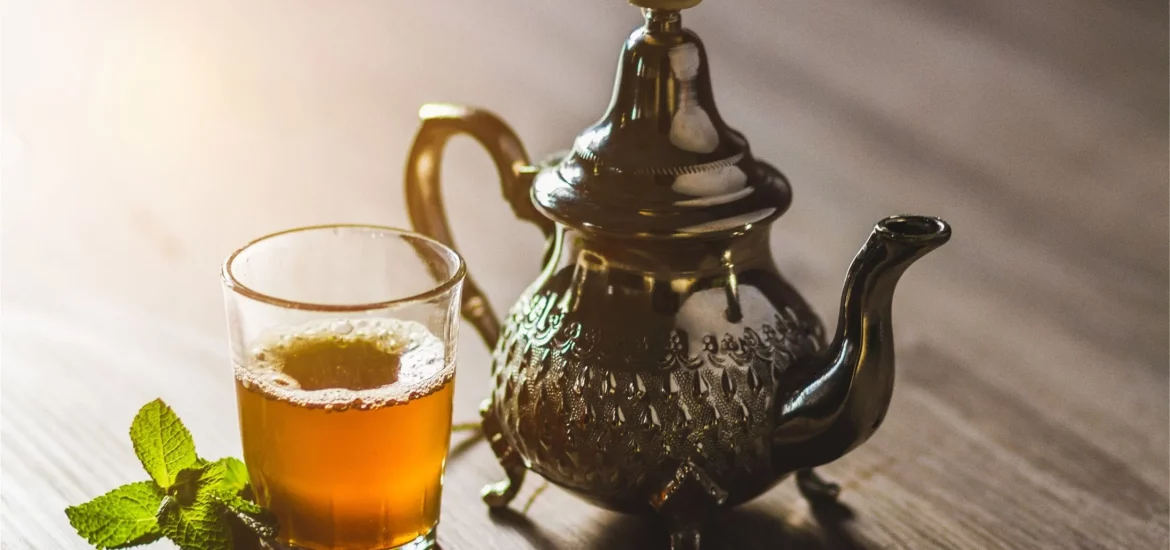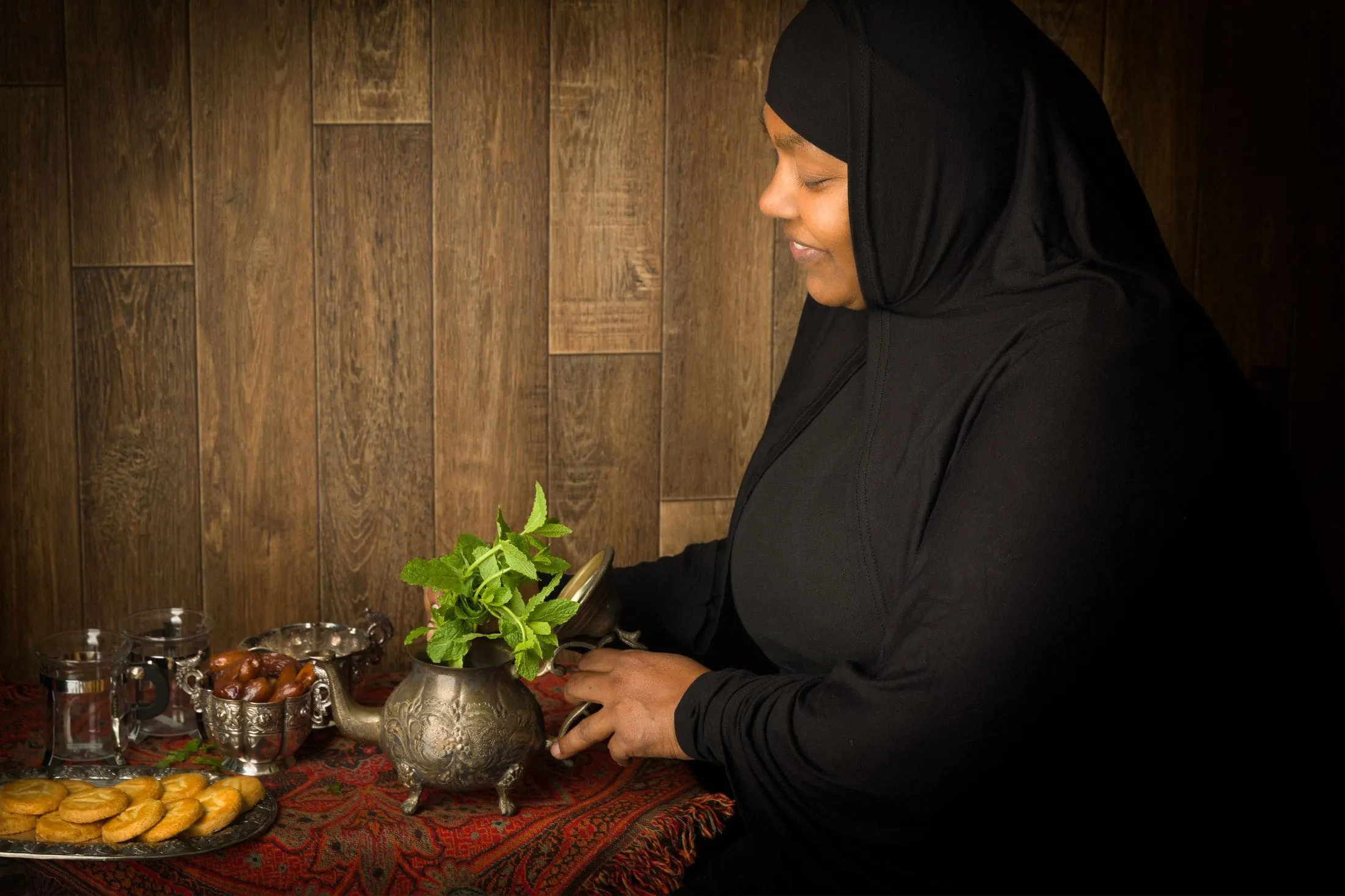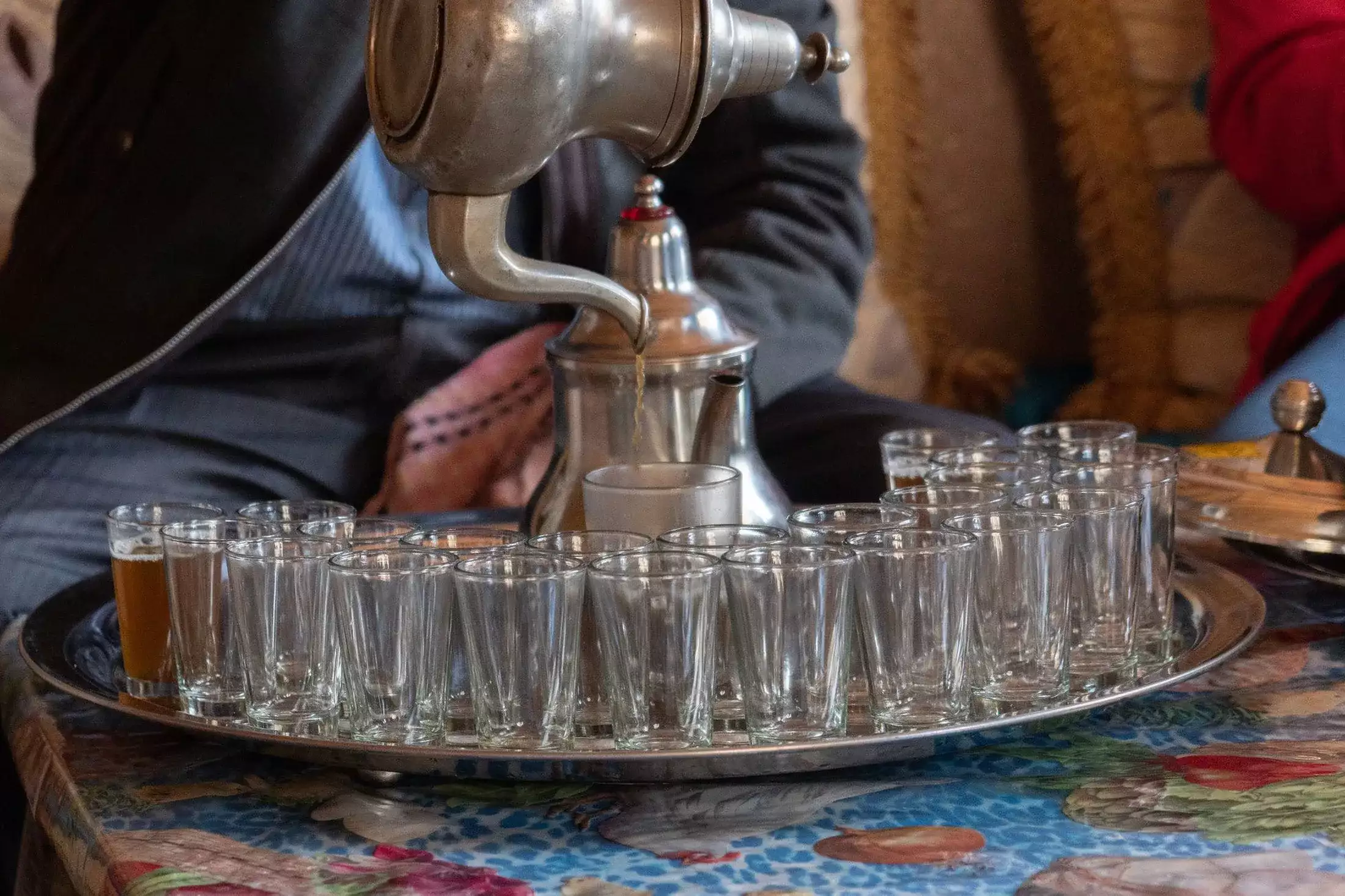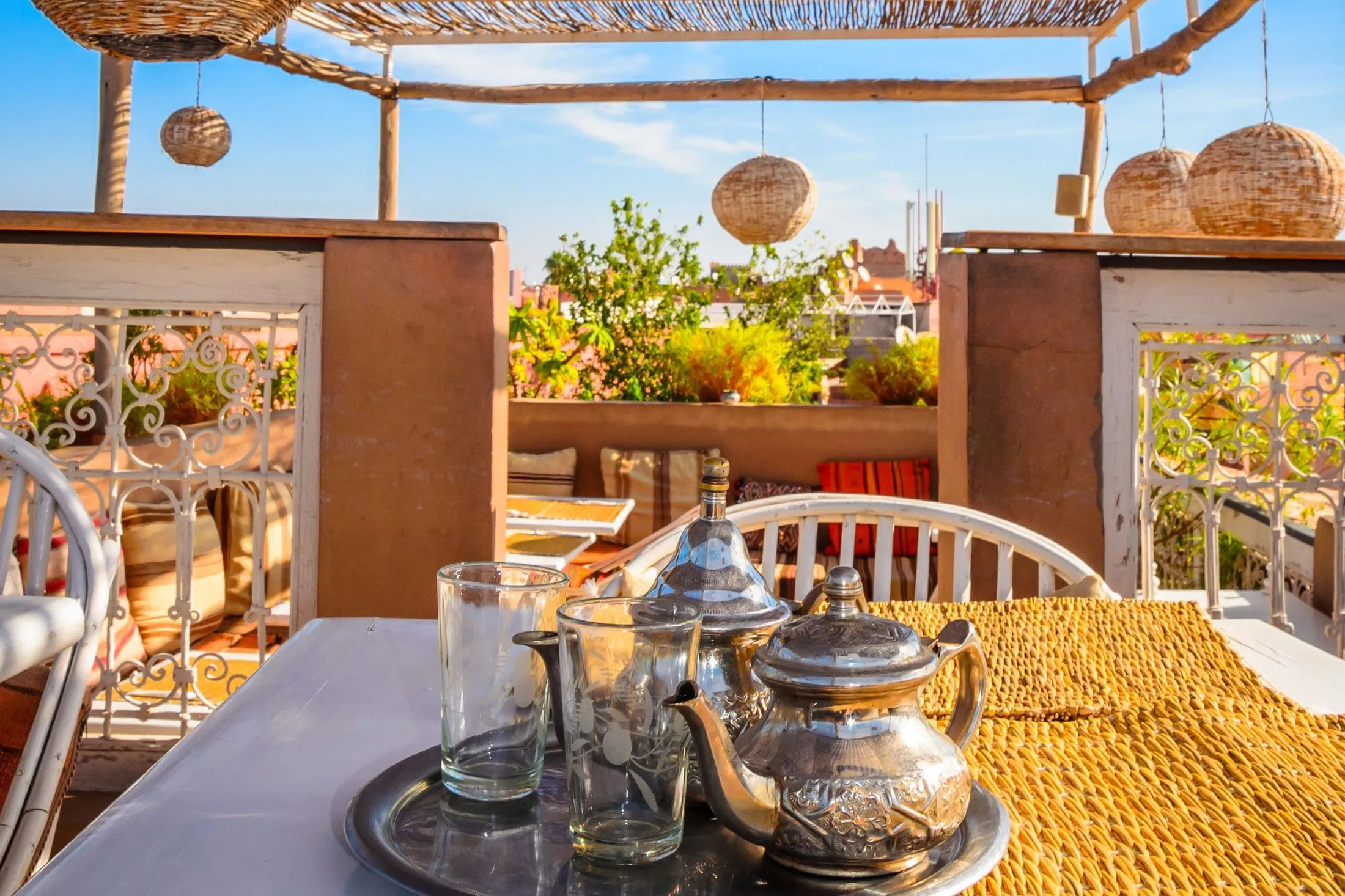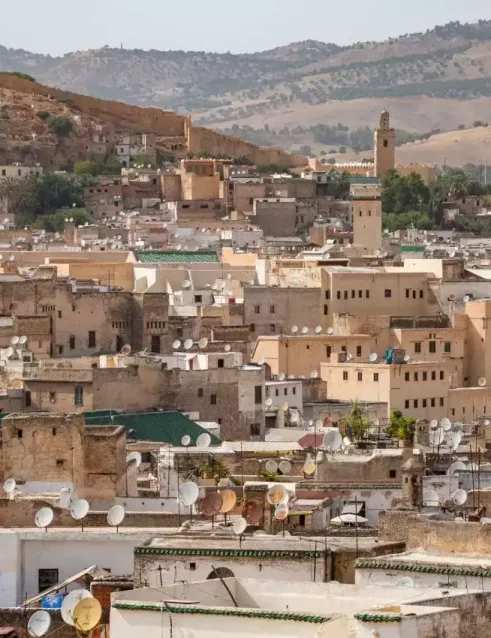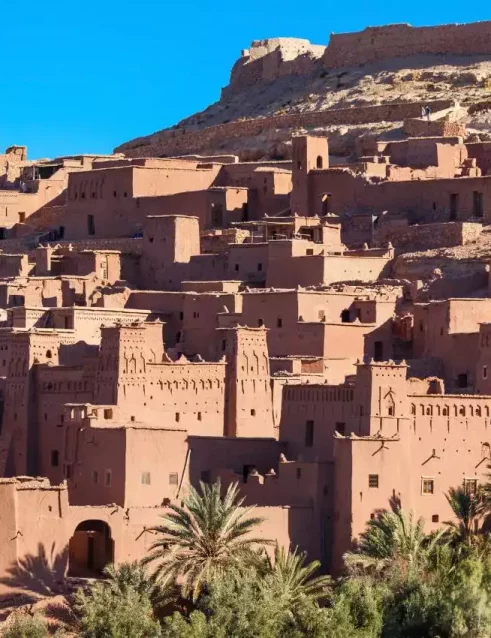The Legacy of Moroccan Tea with Mint
Nestled in the crossroads of cultures and continents, Morocco is a land steeped in tradition, where the ancient and the modern coalesce. Among its most cherished traditions is Moroccan tea with mint, a symbol of hospitality, a gesture of friendship, and a daily celebration of life. This aromatic elixir, known for its refreshing flavor and ceremonial preparation, invites us into a world where every cup tells a story of the past, the present, and the communal spirit of Moroccan people.
